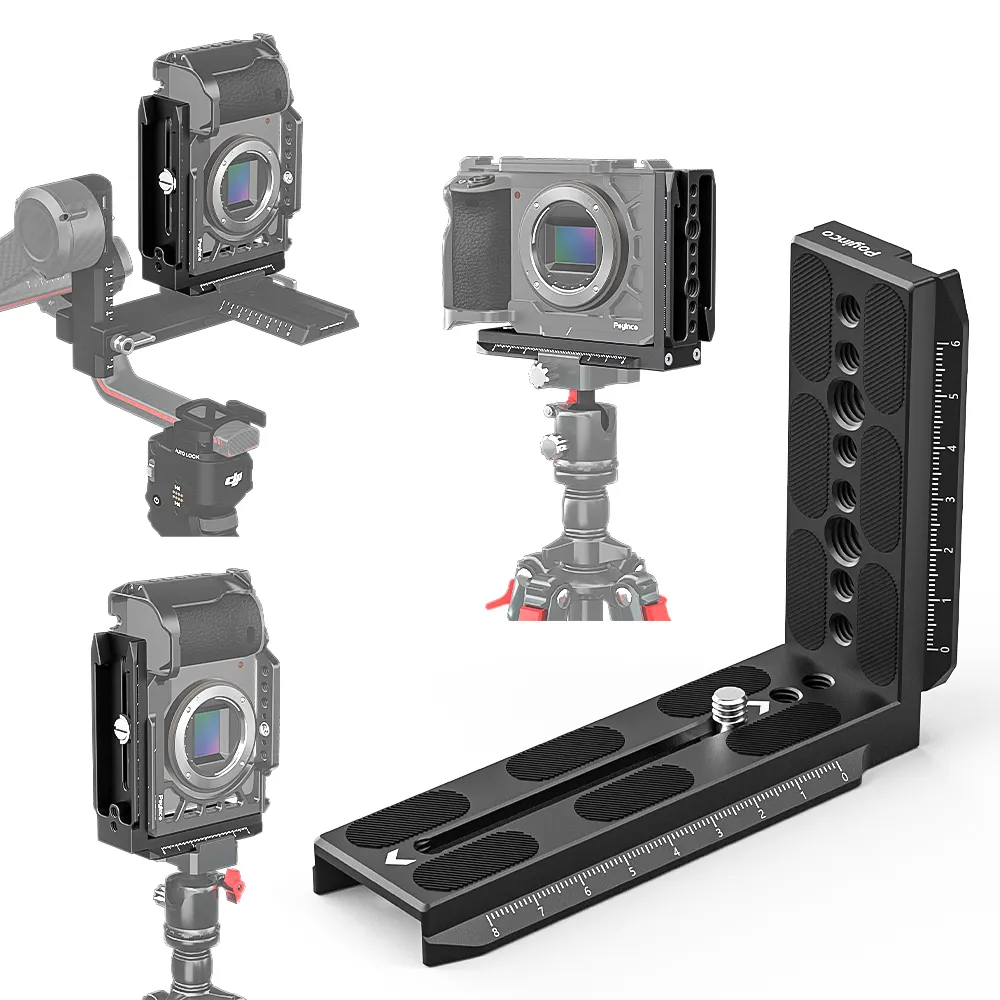

Time:2025-08-27 Views:1

The thickness of quick-release plates is a critical design parameter that balances structural integrity, weight, and compatibility with camera equipment. Typically ranging from 3mm to 8mm, the thickness is determined by the intended use—with heavier cameras requiring thicker plates to prevent bending or warping under load.
For compact cameras, mirrorless systems, or action cameras, plates with a thickness of 3–5mm are common. These thinner plates are lightweight (often 20–50 grams) and fit seamlessly with smaller tripods or gimbal mounts, ensuring they don’t add unnecessary bulk. They are usually made from aluminum alloy, which offers a good strength-to-weight ratio, or high-grade plastic for even lighter designs.
In contrast, quick-release plates for DSLRs, video cameras, or professional rigs (weighing 2kg or more) often have a thickness of 6–8mm. These thicker plates, crafted from hardened aluminum or magnesium alloy, provide enhanced rigidity to withstand the torque and pressure exerted by heavy lenses or accessories. The increased thickness also allows for deeper screw holes (typically 1/4-inch or 3/8-inch) and reinforced edges, preventing stripping or deformation during frequent use.
Thickness also affects compatibility with quick-release systems. Most manufacturers standardize plate thickness to fit their specific clamps—for example, Arca-Swiss compatible plates often have a thickness of 4–5mm to ensure a snug fit in Arca-style clamps. Deviations from the standard can lead to instability or difficulty locking the plate in place.
Engineers test plate thickness through stress analysis, simulating long-term use with maximum load to ensure no permanent deformation. For users, selecting the right thickness means matching the plate to the camera’s weight and the mount’s specifications, ensuring both safety and performance.
Read recommendations:
Camera Cooling Fan Camera External Cooler System with Type-C Charging Port for Live Broadcast